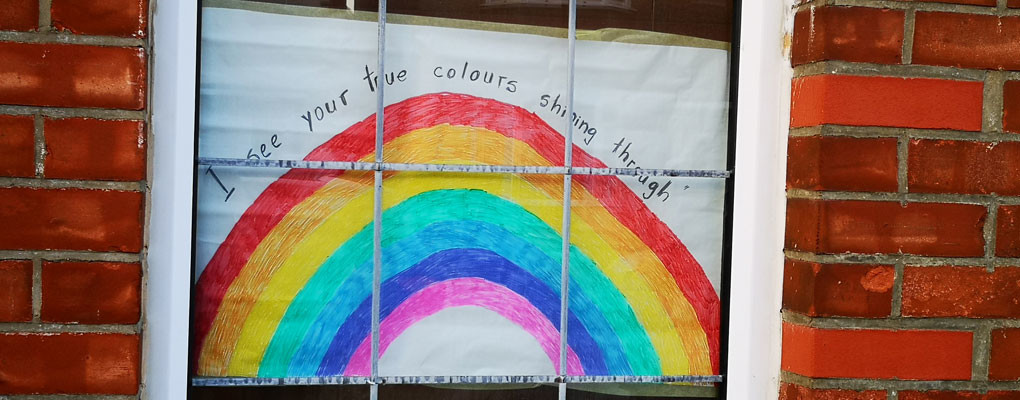
The current pandemic is not only a health emergency, it is having a deep social, economic and cultural impact. The world is changing as we speak. In order to understand how it is changing, we need to look carefully around us, even if we are only looking out from the windows of our own homes.
When we look out from the windows of our museum, we see Europeans in distress, yet helping and supporting each other, Europeans separated, yet finding ways to connect despite social distancing and closing borders. We see Europeans showing solidarity, hope and resilience in times in adversity. We are reminded of the difficult histories we tell in our exhibitions and how these qualities have shone through in the past.
Documenting solidarity across Europe
The House of European History has started a project aimed at documenting Europeans’ responses of solidarity, hope, community building and creativity in dealing with the current pandemic, the dramatic situations, the needs and emergencies it has given rise to. We will collect the stories, objects, images and sounds that will help us tell this story when ‘all this is over’.
There are already several museum and archival initiatives that are documenting everyday life during this pandemic in their communities. And hopefully, many more will follow. Yet, the community that we, the House of European History serve, is the European community. We tell European stories. This is both empowering and sometimes overwhelming. But in these strange and uncertain times, there is a European story that is unfolding in front of our eyes and we need to document it.
Positive messages
The rainbow banners that encourage Italians that ‘Andra tutto benne’ (‘Everything will be alright’) are now decorating windows and balconies all over Europe, in different languages but all with the same hopeful message. Smaranda’s message, in the picture above, is just one of the thousands of possible examples that show Europeans’ ‘true colours’ coming to life in the worst of times.
As countries close borders and become inward-looking, people are left on one side or the other of a border they had even forgotten was there. We are collecting the messages of friendship and longing that have appeared along these new old borders: ´Stýská se mi po tobě Čechu´(‘I miss you, Czech’) / ´I ja za tobą Polaku´ (‘I miss you too, Pole’).
When medical supplies are scarce, from protection equipment to life-saving ventilators, owners of 3D printers are stepping in to produce quicker and cheaper versions that are already saving lives.
Being together in times of social distancing is a challenge. But we see all over Europe and the world, new ways of reaching out and connecting to each other: from telephone calls made to lonely old people, to teddy bear hunts for children organised in their neighbours’ windows.
For those who have lost income due to the lockdown, the same neighbors are organising a give-and-take opportunity. Italians call it ‘la spesa sospesa’ - he who can gives, he who cannot takes!
At 8 pm each evening, Europeans clap at their windows honouring those fighting the virus on the front lines: the medical personnel. This is a European soundscape that will become part of our heritage.
As a wise old man recently said in front of a huge empty square: “We are on the same boat, all of us fragile and disoriented, but at the same time important and needed.” We believe museums are needed now to do what they do best: document and exhibit our stories, all the while reminding us of the hard times we have already overcome and of the solidarity and humanity that always made everything more bearable.
Next steps
If you want to share the stories, objects, images and sounds that surround you now with us, please write to our team.
"Continue reading about History in the Making: Documenting Covid"
Image credit: Ana-Maria Rampelt